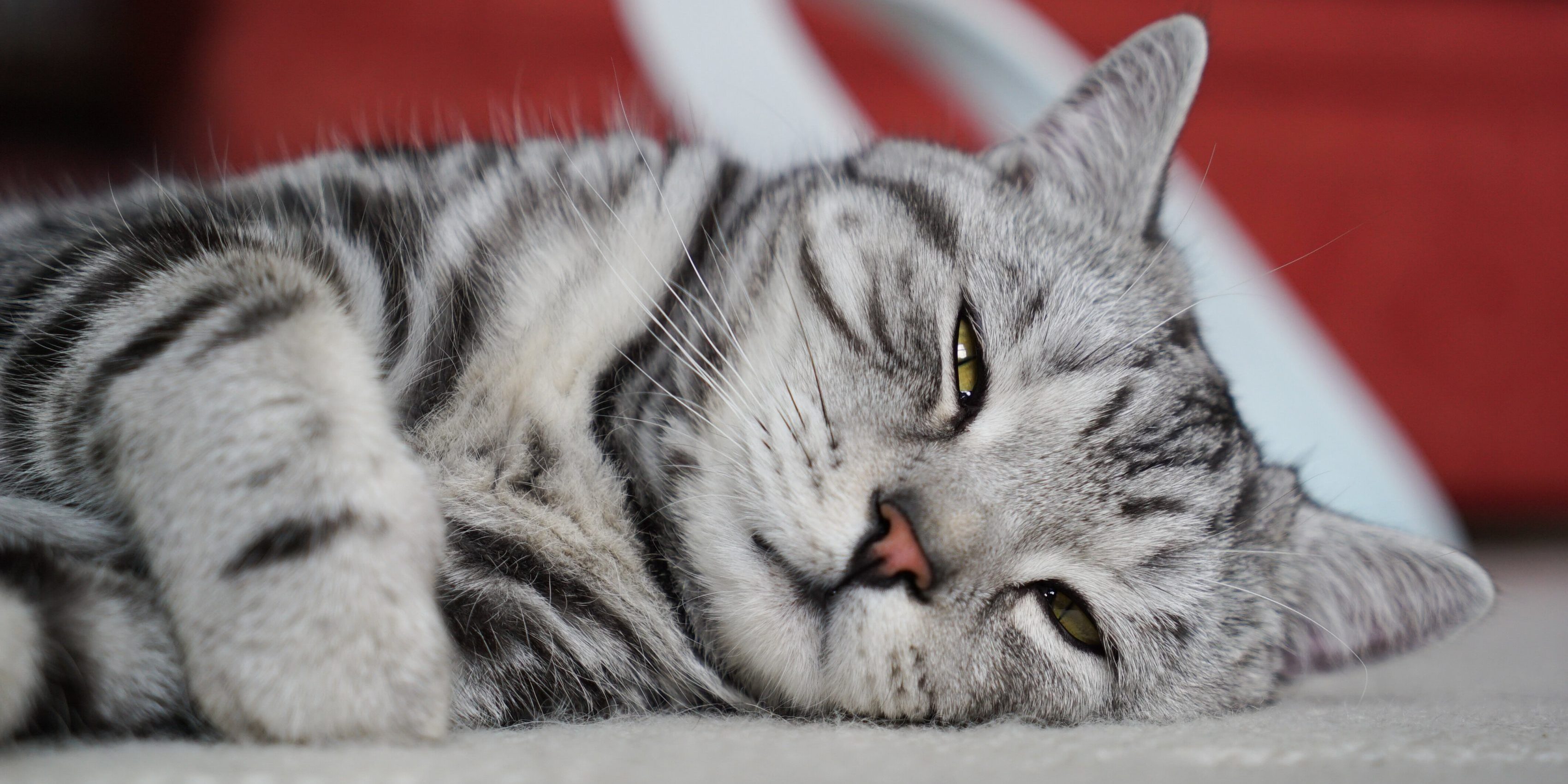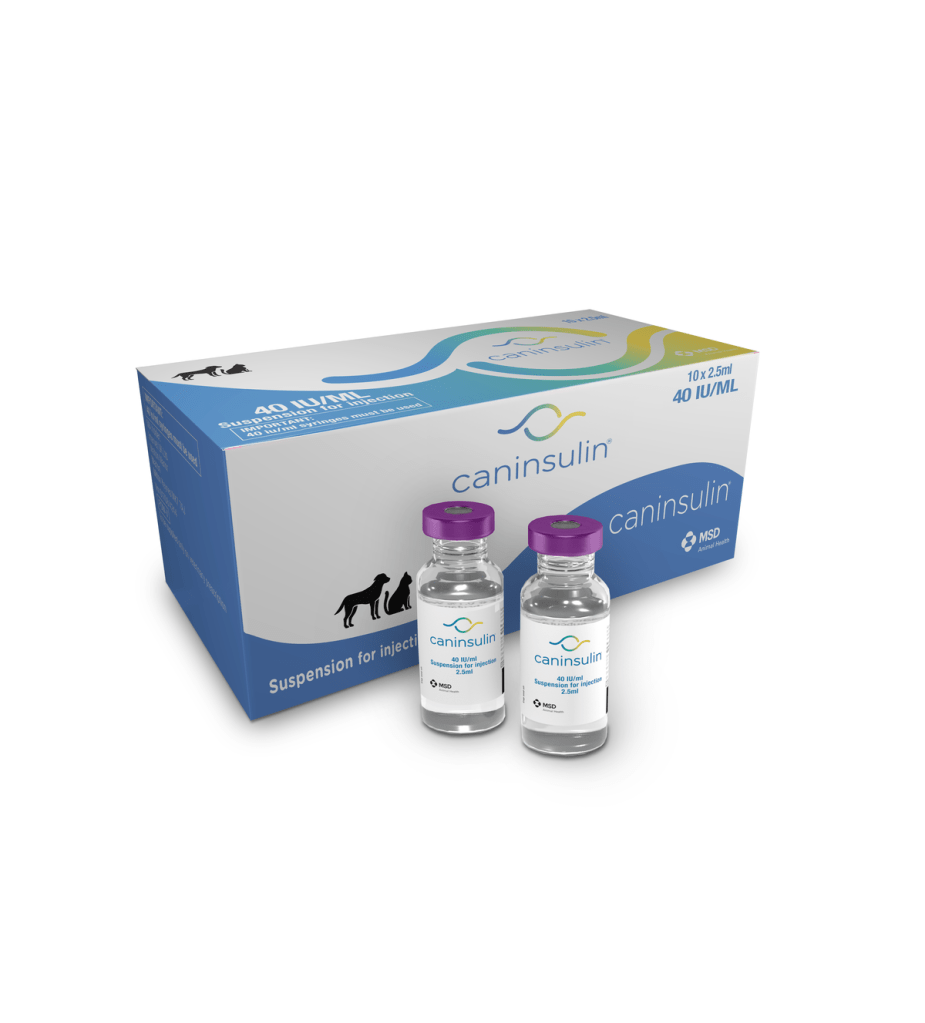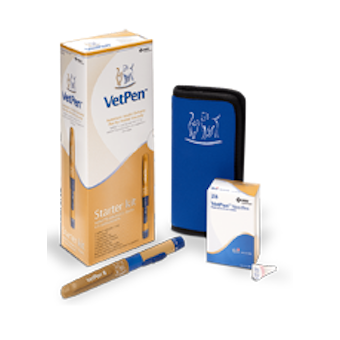
Treatment
Diabetes can be managed successfully with a daily routine of insulin treatment, diet and exercise
What do I need?

Caninsulin®
The first insulin approved for both cats and dogs and the only veterinary insulin to offer you a choice of how it is given1.

VetPen®
The only insulin injection pen designed specifically for cats with diabetes is used with replaceable Caninsulin® cartridges. Improved accuracy compared to insulin syringes at low doses. Many pet owners find VetPen more convenient than syringes.
- A clean, cool and dark place (usually a refrigerator) to store your insulin in an upright position. DO NOT FREEZE.
- A suitable balanced, low carbohydrate prescription diet for your cat. You may want to consider using a connected feeder to enable you to monitor your cat’s food intake and make sure this is consistent.
- Diabetic friendly cat treats may be allowed if included in your cat’s calculated daily caloric intake.
- A daily routine of regular exercise and/or play.
- Home monitoring resources, such as the Pet Diabetes Tracker App, as advised by your veterinarian.
- A source of glucose. See Emergencies.
- Good communication with your veterinarian.
- Commitment to the long-term treatment of your cat.
Starting Insulin Treatment
Diabetic cats need twice daily insulin injections to manage their diabetes. Your veterinarian will calculate a suitable insulin dose, based on your cat’s weight, body condition and blood glucose. This low starting dose is often maintained for up to 3 weeks.
Your veterinary team is there to help you. They will teach you everything you need to know about giving insulin injections. They will recommend appropriate diet and exercise as well advise you on how best to monitor your cat’s progress. Shortly after starting insulin treatment, your cat’s signs should start to improve – your cat will be less thirsty, urinate less and feel better. Pay close attention and record these and other changes, including your cat’s appetite and attitude, to help your veterinarian tailor the insulin dose to match your cat’s needs. This is key to regulating your cat’s diabetes. Your veterinarian may need to adjust your cat’s insulin dose, based on how well your cat is doing and the results of follow-up tests (such as blood glucose measurements). A consistent daily routine, monitoring plan and communication with your veterinary team are key to managing your cat’s diabetes.

“At first my family thought my diabetes would be hard to handle, but now that we’ve gotten in a routine with my insulin and special diet everything feels normal again.”
SUGAR
Remission
After several weeks or even months it is not unusual for there to be a decrease in your cat’s insulin dose or even remission (insulin is no longer required). It is important that you monitor your cat closely with this in mind. Contact your veterinarian if you think your cat no longer has signs of diabetes.

